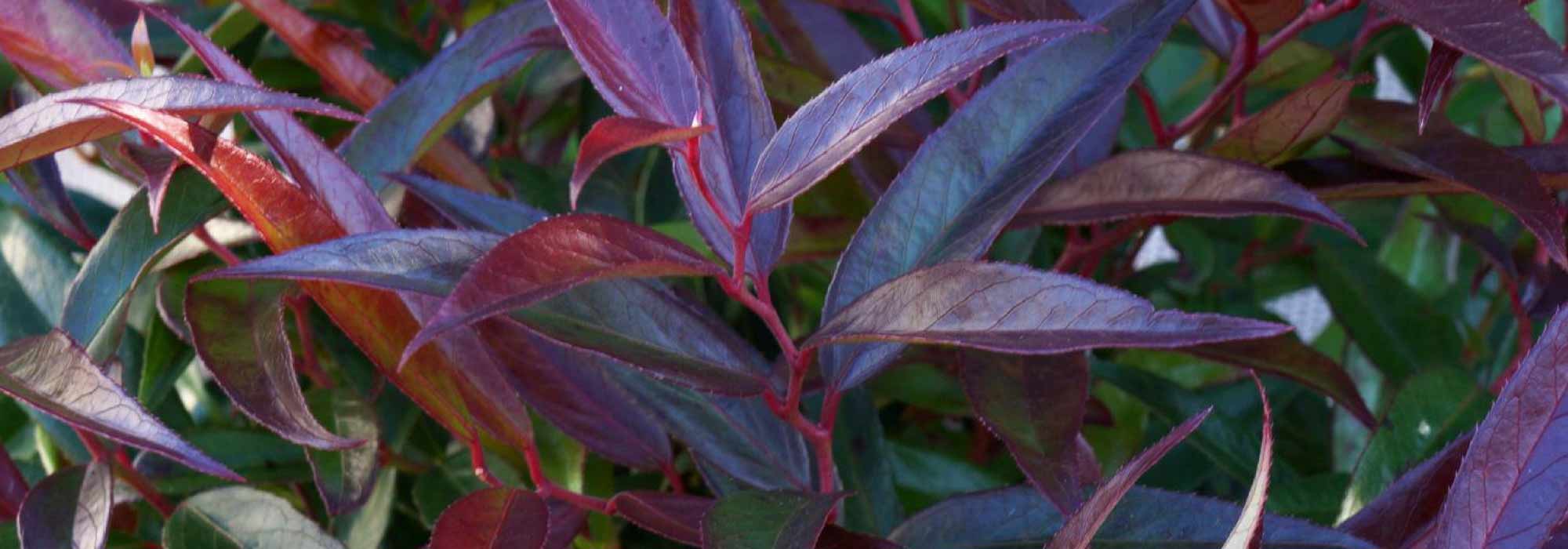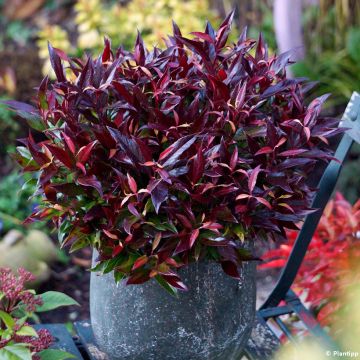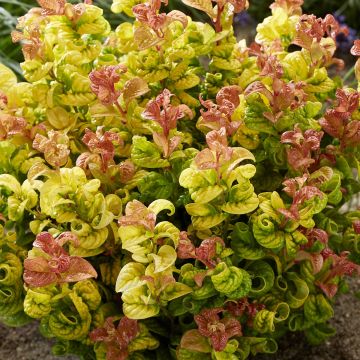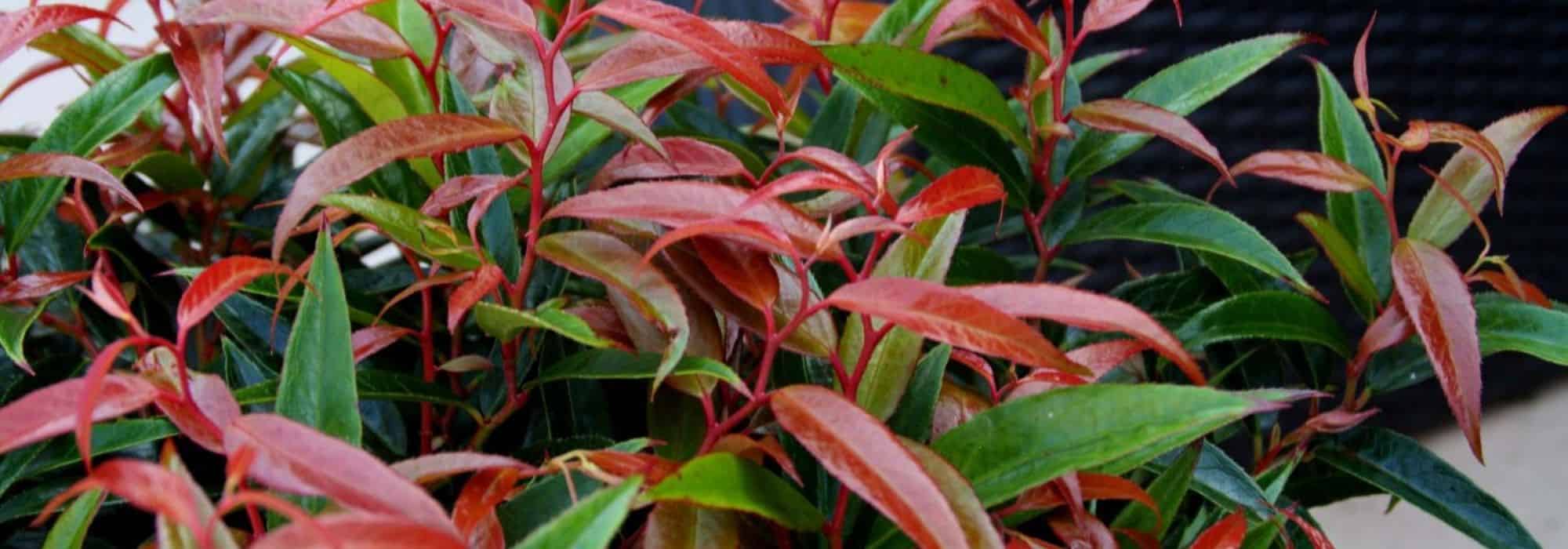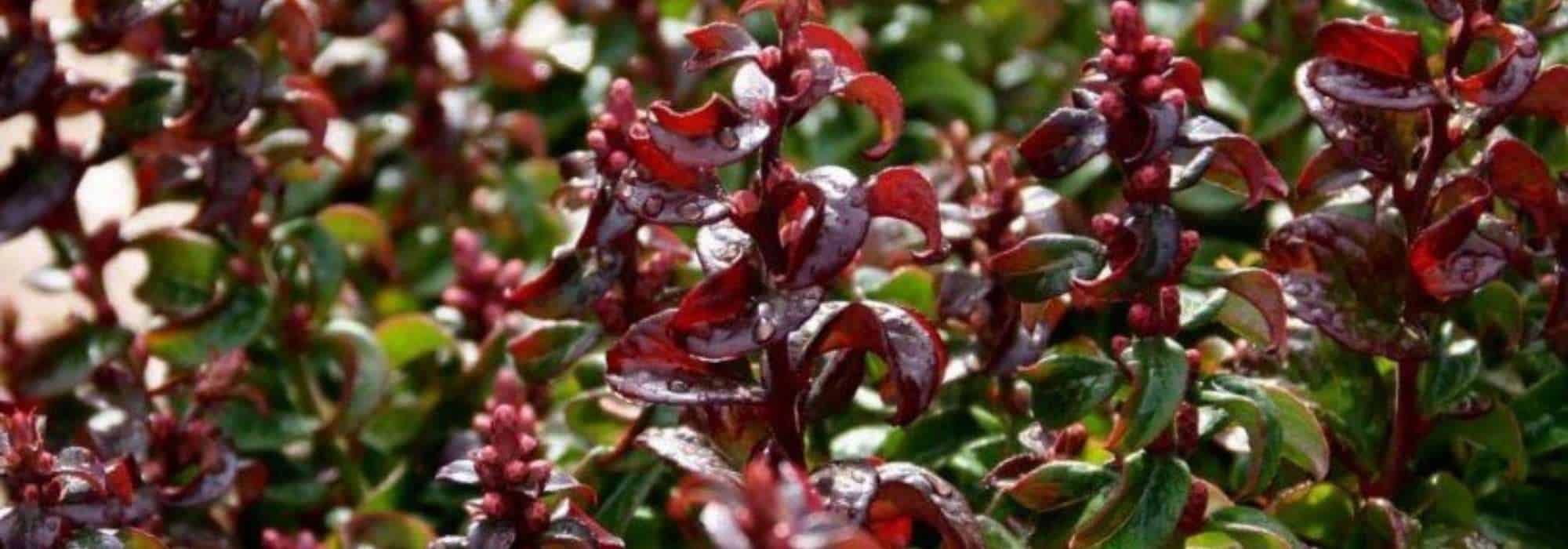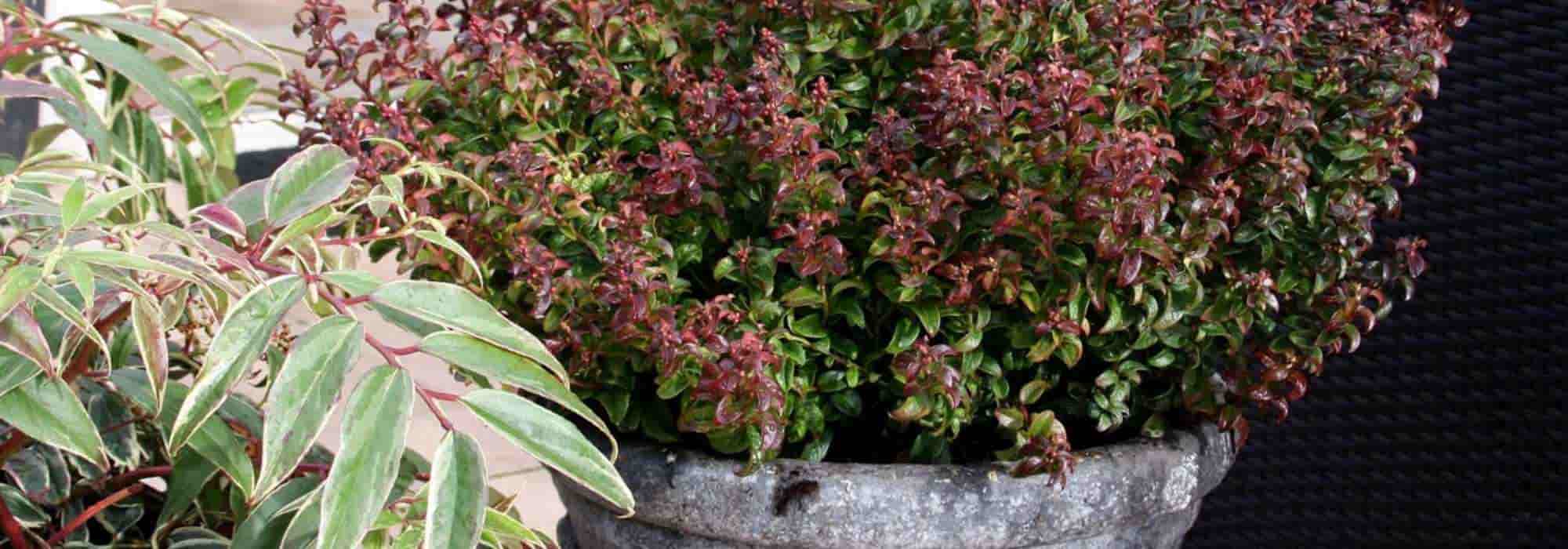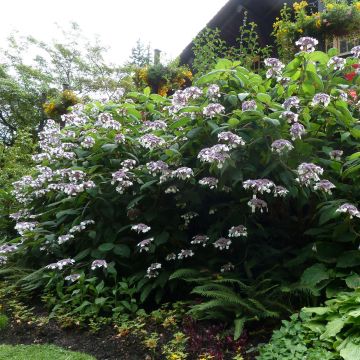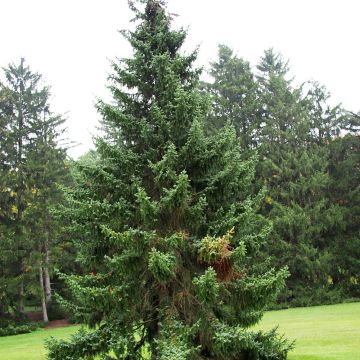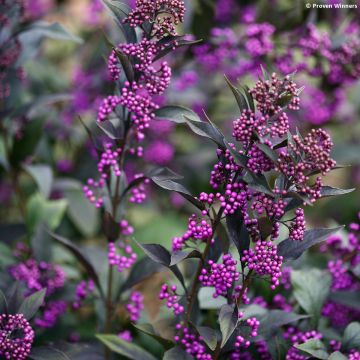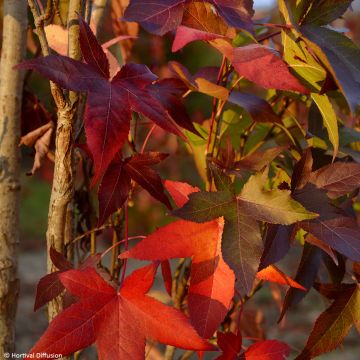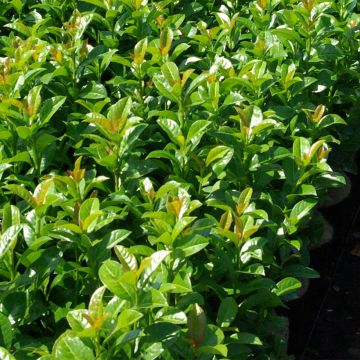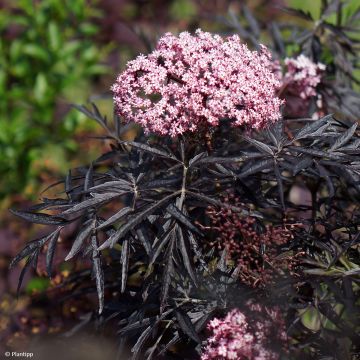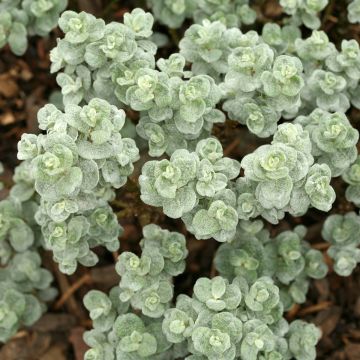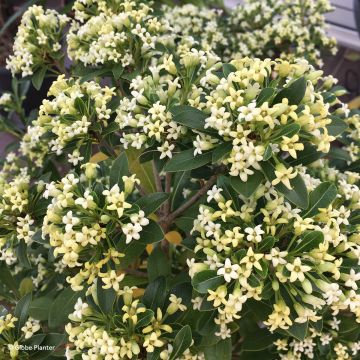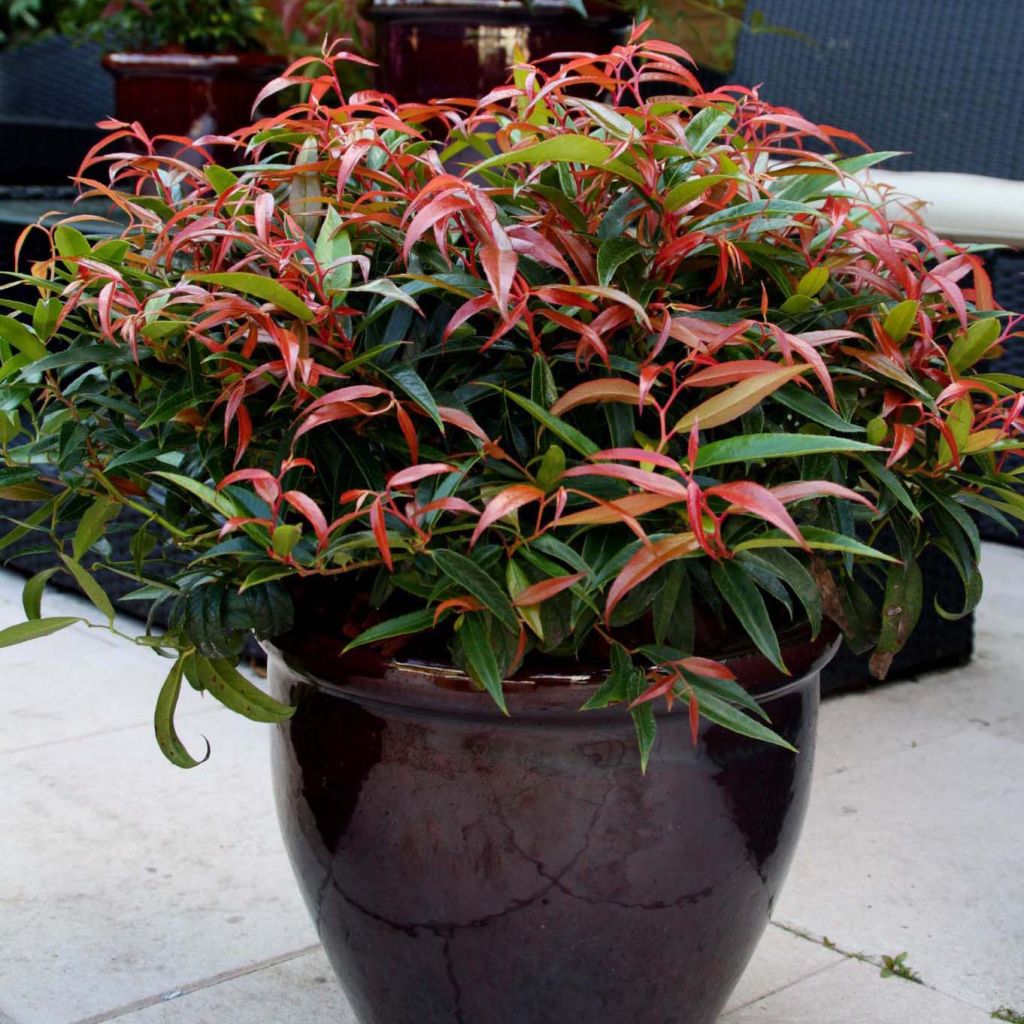

Leucothoe keiskei Burning Love
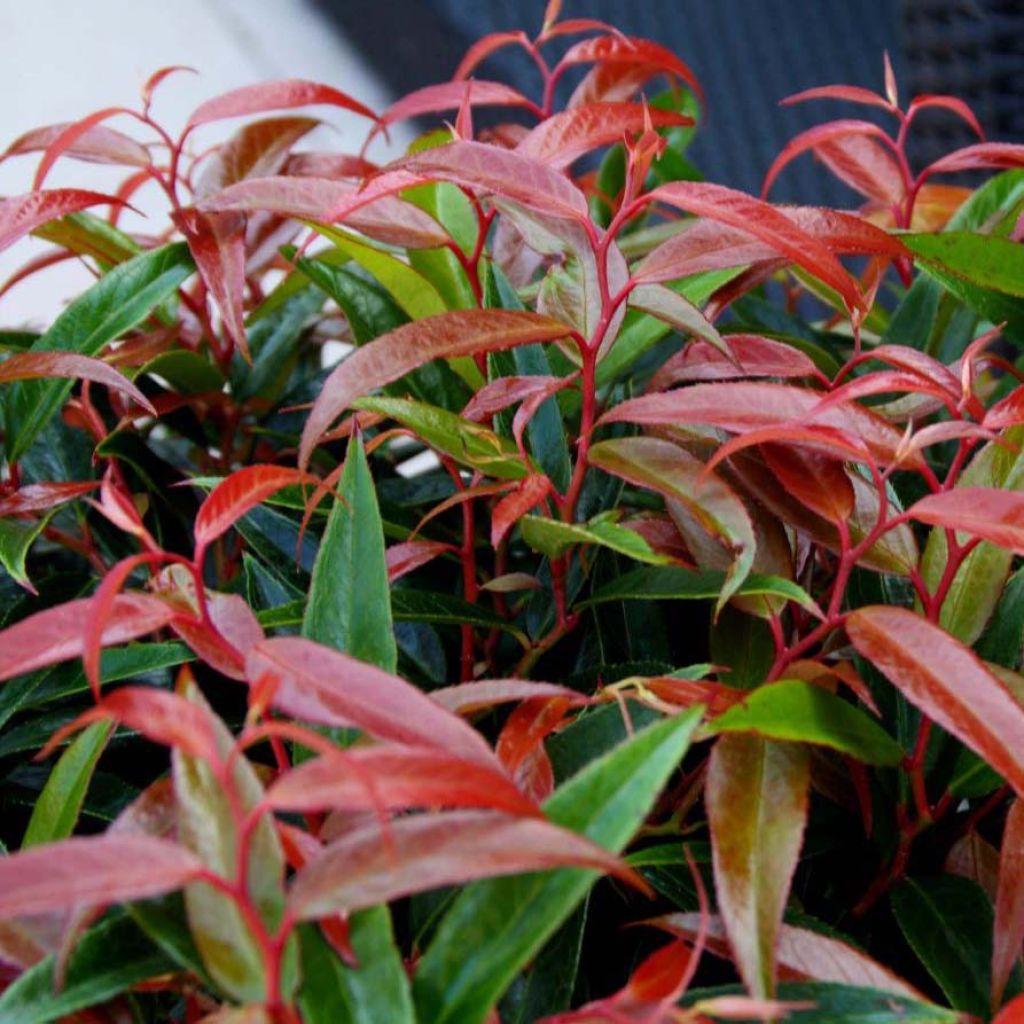

Leucothoe keiskei Burning Love
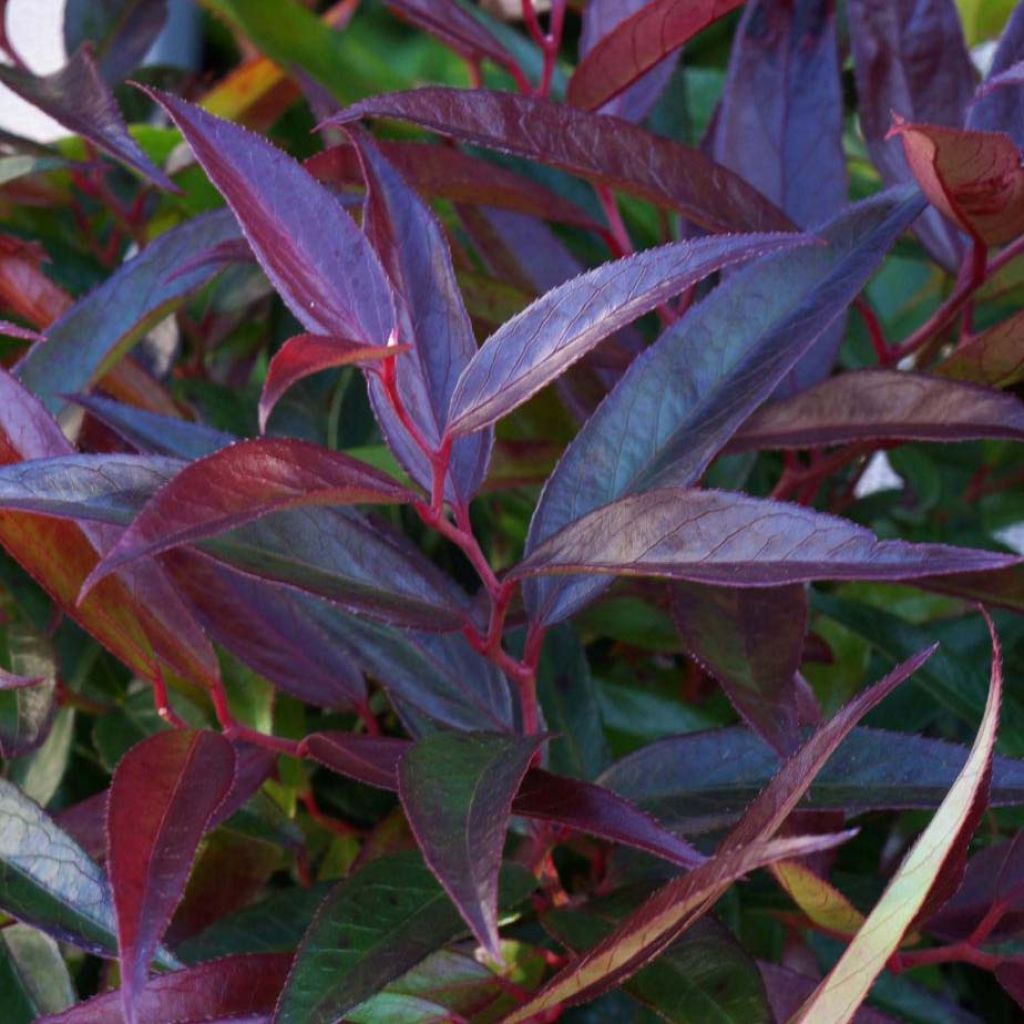

Leucothoe keiskei Burning Love


Leucothoe keiskei Burning Love
Leucothoe keiskei Burning Love
Leucothoe keiskei Burning Love® (‘Opstal 50’PBR)
Dog hobble
Plant arrived in good condition!
Saxifrage, 02/03/2025
Special offer!
Receive a €20 voucher for any order over €90 (excluding delivery costs, credit notes, and plastic-free options)!
1- Add your favorite plants to your cart.
2- Once you have reached €90, confirm your order (you can even choose the delivery date!).
3- As soon as your order is shipped, you will receive an email containing your voucher code, valid for 3 months (90 days).
Your voucher is unique and can only be used once, for any order with a minimum value of €20, excluding delivery costs.
Can be combined with other current offers, non-divisible and non-refundable.
Home or relay delivery (depending on size and destination)
Schedule delivery date,
and select date in basket
This plant carries a 24 months recovery warranty
More information
We guarantee the quality of our plants for a full growing cycle, and will replace at our expense any plant that fails to recover under normal climatic and planting conditions.

Would this plant suit my garden?
Set up your Plantfit profile →
Description
Leucothoe keiskei Burning Love, also known as Leucothoe keiskei Burning Love ('Opstal50') and poetically nicknamed Pearl Flower, is a small evergreen and highly ornamental bush with a spreading and compact habit that adapts wonderfully to the ornamentation of half-shaded terraces and balconies. Its beautiful red and shiny stems bear long leaves whose shades vary throughout the seasons. Dark red-purple in winter, they lighten to bronze and then green when summer arrives, and once again take on a delightful purple hue in autumn. The plant is adorned in spring with slender, short and pendulous clusters covered in white flowers. This variety is perfectly hardy and resists foliage diseases well. It prefers acidic and moist soils, and shows a preference for filtered light.
Leucothoe belongs to the Ericaceae family, like heathers and rhododendrons, with which it shares a strong preference for acidic soils and shade. This modest-size evergreen bush grows in the wet and peaty undergrowth of Japan. Awarded a gold medal at Plantarium in 2013, Burning Love has a dense, spreading and compact habit. It will reach approximately 80 cm (31.5 in) in height and 1 m (3.3 ft) in width at maturity. Its wonderfully colourful foliage is its main asset. It is composed of leaves measuring 6 cm to 10 cm (2.4 in to 3.9 in) long and 2 cm to 3 cm (0.8 in to 1.2 in) wide. The leaves are long and tapering, with a pointed tip. Each leaf is a whirl of colours ranging from deep red-purple with hints of violet in winter to green in summer. This bush is also called Pearl Flower for its spring flowering that appears at the tips of the branches. This appears in the form of clusters measuring 7 cm to 15 cm (2.8 in to 5.9 in), made up of lightly scented white bell-shaped flowers, which bring a beautiful touch of freshness to the whole in April.
It is a hardy bush (up to -20° C (-4° F)) requiring little pruning and maintenance. Leucothoe Burning Love likes acidic, moist, humus-rich and well-drained soils. Its dense and evergreen silhouette is a perfect 'trunk cover' that can be advantageously placed at the base of light trees or bushes, whose base is bare. It forms a beautiful duo with nandinas. It can be planted with medium-sized perennials such as hellebores or ferns, winter heathers (Erica darleyensis), in front of shrub beds composed of pernettyas, azaleas, or pieris, or even as a standalone. It also grows very well in pots, with shade and regular watering with non-limestone water. Its presence will bring a very personal touch to a terrace or balcony.
Leucothoe keiskei Burning Love in pictures
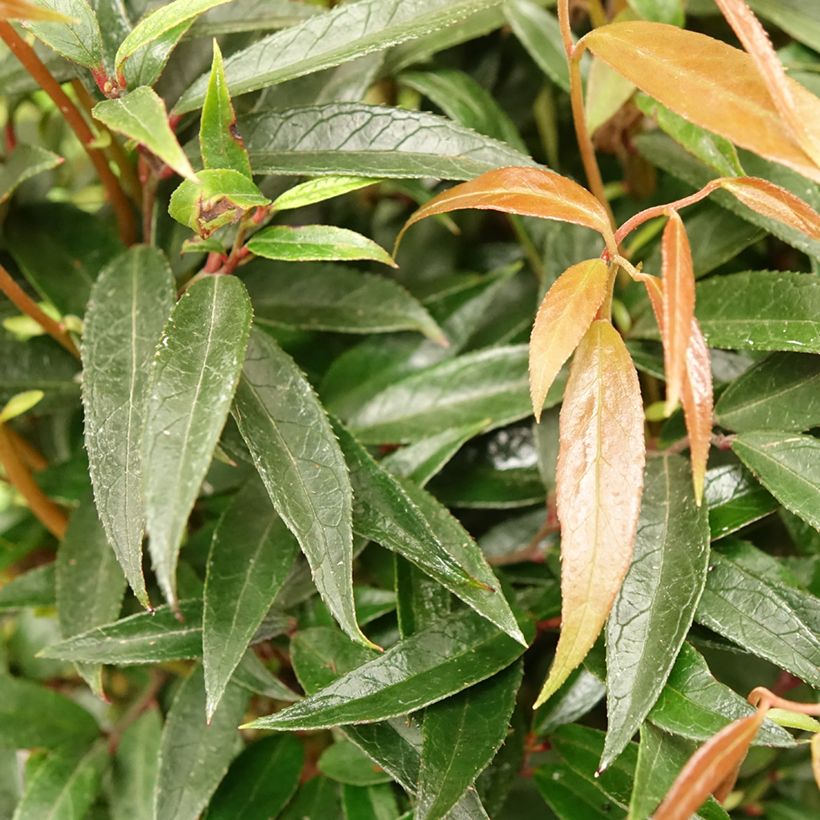

Plant habit
Flowering
Foliage
Botanical data
Leucothoe
keiskei
Burning Love® (‘Opstal 50’PBR)
Ericaceae
Dog hobble
Cultivar or hybrid
Other Leucothoe
View all →Planting and care
Plant in non-burning sun or partial shade in cool, humus-bearing, acid to neutral soil. Like all ericaceous plants, it does not tolerate limestone soils or heavy soils saturated with water in winter. Dig a hole with a volume three times larger than the pot. Soak the root ball in water and plant the bush at the level of the collar, in a mixture composed of well decomposed leaf compost, gravel or pumice and ericaceous soil. Water generously and keep the soil moist in summer, for example by applying mulch around its base. This variety is not very prone to diseases that disfigure the foliage, and the parasites that are interested in them are few.
Planting period
Intended location
Care
Planting & care advice
-
, onOrder confirmed
Reply from on Promesse de fleurs
Similar products
Haven't found what you were looking for?
Hardiness is the lowest winter temperature a plant can endure without suffering serious damage or even dying. However, hardiness is affected by location (a sheltered area, such as a patio), protection (winter cover) and soil type (hardiness is improved by well-drained soil).

Photo Sharing Terms & Conditions
In order to encourage gardeners to interact and share their experiences, Promesse de fleurs offers various media enabling content to be uploaded onto its Site - in particular via the ‘Photo sharing’ module.
The User agrees to refrain from:
- Posting any content that is illegal, prejudicial, insulting, racist, inciteful to hatred, revisionist, contrary to public decency, that infringes on privacy or on the privacy rights of third parties, in particular the publicity rights of persons and goods, intellectual property rights, or the right to privacy.
- Submitting content on behalf of a third party;
- Impersonate the identity of a third party and/or publish any personal information about a third party;
In general, the User undertakes to refrain from any unethical behaviour.
All Content (in particular text, comments, files, images, photos, videos, creative works, etc.), which may be subject to property or intellectual property rights, image or other private rights, shall remain the property of the User, subject to the limited rights granted by the terms of the licence granted by Promesse de fleurs as stated below. Users are at liberty to publish or not to publish such Content on the Site, notably via the ‘Photo Sharing’ facility, and accept that this Content shall be made public and freely accessible, notably on the Internet.
Users further acknowledge, undertake to have ,and guarantee that they hold all necessary rights and permissions to publish such material on the Site, in particular with regard to the legislation in force pertaining to any privacy, property, intellectual property, image, or contractual rights, or rights of any other nature. By publishing such Content on the Site, Users acknowledge accepting full liability as publishers of the Content within the meaning of the law, and grant Promesse de fleurs, free of charge, an inclusive, worldwide licence for the said Content for the entire duration of its publication, including all reproduction, representation, up/downloading, displaying, performing, transmission, and storage rights.
Users also grant permission for their name to be linked to the Content and accept that this link may not always be made available.
By engaging in posting material, Users consent to their Content becoming automatically accessible on the Internet, in particular on other sites and/or blogs and/or web pages of the Promesse de fleurs site, including in particular social pages and the Promesse de fleurs catalogue.
Users may secure the removal of entrusted content free of charge by issuing a simple request via our contact form.
The flowering period indicated on our website applies to countries and regions located in USDA zone 8 (France, the United Kingdom, Ireland, the Netherlands, etc.)
It will vary according to where you live:
- In zones 9 to 10 (Italy, Spain, Greece, etc.), flowering will occur about 2 to 4 weeks earlier.
- In zones 6 to 7 (Germany, Poland, Slovenia, and lower mountainous regions), flowering will be delayed by 2 to 3 weeks.
- In zone 5 (Central Europe, Scandinavia), blooming will be delayed by 3 to 5 weeks.
In temperate climates, pruning of spring-flowering shrubs (forsythia, spireas, etc.) should be done just after flowering.
Pruning of summer-flowering shrubs (Indian Lilac, Perovskia, etc.) can be done in winter or spring.
In cold regions as well as with frost-sensitive plants, avoid pruning too early when severe frosts may still occur.
The planting period indicated on our website applies to countries and regions located in USDA zone 8 (France, United Kingdom, Ireland, Netherlands).
It will vary according to where you live:
- In Mediterranean zones (Marseille, Madrid, Milan, etc.), autumn and winter are the best planting periods.
- In continental zones (Strasbourg, Munich, Vienna, etc.), delay planting by 2 to 3 weeks in spring and bring it forward by 2 to 4 weeks in autumn.
- In mountainous regions (the Alps, Pyrenees, Carpathians, etc.), it is best to plant in late spring (May-June) or late summer (August-September).
The harvesting period indicated on our website applies to countries and regions in USDA zone 8 (France, England, Ireland, the Netherlands).
In colder areas (Scandinavia, Poland, Austria...) fruit and vegetable harvests are likely to be delayed by 3-4 weeks.
In warmer areas (Italy, Spain, Greece, etc.), harvesting will probably take place earlier, depending on weather conditions.
The sowing periods indicated on our website apply to countries and regions within USDA Zone 8 (France, UK, Ireland, Netherlands).
In colder areas (Scandinavia, Poland, Austria...), delay any outdoor sowing by 3-4 weeks, or sow under glass.
In warmer climes (Italy, Spain, Greece, etc.), bring outdoor sowing forward by a few weeks.






























